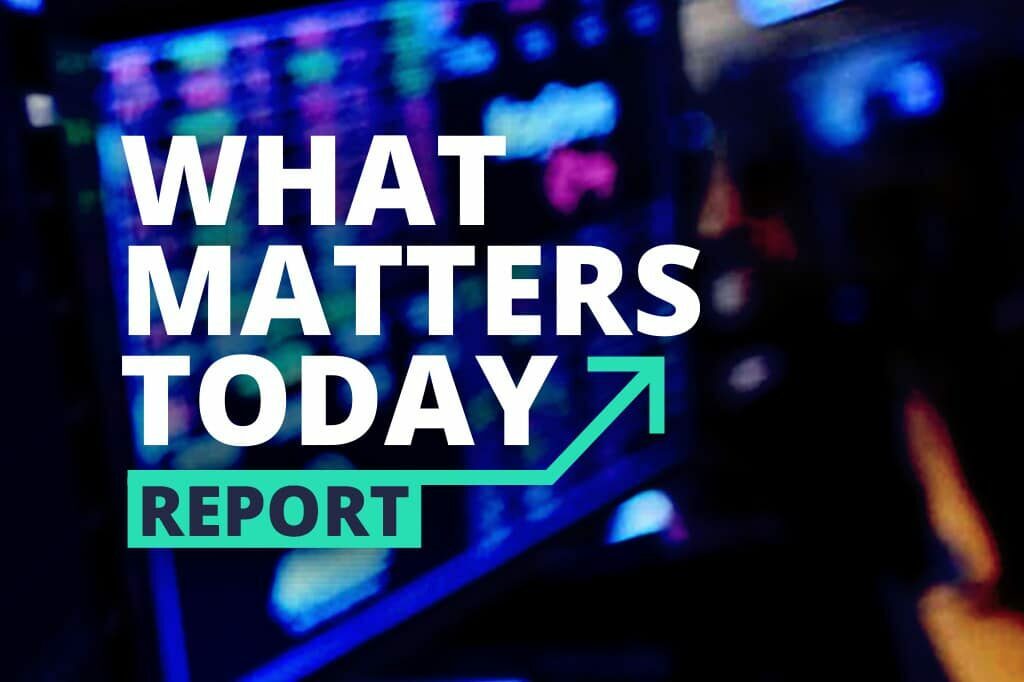Archives: Reports

A constructive start to the week underpinned by strength in US Futures on news the Govt shutdown is nearing an end – that supported the risk on trade with the ASX building on gains as the session progressed, fueled by good buying in tech, Gold and Uranium.

The stock market didn’t crash last week, but after 7-months of “risk-on” enthusiasm, cracks have started to emerge. Rich valuations and fresh doubts over the real-world payoff of AI dragged US tech stocks to their worst week since April.

The ASX 200 finished the week down -1.3%, sliding to new 9-week lows on Friday and marking 7 declines in the past 9 trading sessions. Only the energy sector provided meaningful support to the index, while technology, resources, and rate-sensitive areas such as consumer discretionary and real estate noticeably underperformed.

Lots of corporate news across the ticker today, most of it was negative. Weaker results from Macquarie, sluggish domestic travel volumes at Qantas, higher costs for Afterpay owner Block, a weaker 2H outlook for advertising business oOmedia, mid-single digit growth (only) for REA Group and a near halving of share price for Alliance Aviation – it’s easy to understand why the market traded lower to end another softer week for equities.

The ASX 200 bounced +0.3% on Thursday, helped by a strong session for the miners and energy names. Some stability in the likes of gold and iron ore was enough to push the sector higher, with all but a handful of names posting solid gains. The top-200 surged almost 70-points in early trade, but handed back more than half those gains as momentum waned in the afternoon, led by a couple of negative surprises on the stock level:

The ASX 200 edged higher snapping a multi-day slide as miners and gold stocks rebounded on firmer commodity prices. Sentiment spilled over from US markets following a buy-the-dip rally on Wall Street, though the push higher was muted by a weaker session for banks after a softer result from NAB and WBC trading ex-dividend.

The ASX 200 slipped 0.11% on Wednesday, with investors taking a more risk-off stance across most sectors and stocks. The materials sector weighed the heaviest on the day, ably supported by tech names, which followed in the footsteps of overseas weakness across the “AI Trade”.

A choppy session for the ASX today, hit early to be down ~80pts at the lows, before staging an impressive recovery to finish only mildly lower. IT, Materials and Real-Estate were the main targets, with some decent moves lower in some areas, particularly the Uranium, Gold, Lithium & Rare-Earth stocks, following similar moves overseas. A higher U.S Dollar is weighing on this trade in the short term, though we don’t doubt that theme will last.

The ASX200 fell away from the get-go on Tuesday, and was not helped by a relatively hawkish rate hold from the RBA at 2.30pm. However, not all blame should be placed at the door of Michele Bullock & Co., the market opened down and was already on the skids as the US futures fell away after valuation concerns sent Palantir Technologies Inc (PLTR US) lower, even after an impressive post-market report from the software and AI company.

The ASX 200 slid to a six-week low with the RBA’s final decision of the year yielding no change to the cash rate – 10/11 sectors were down on low activity due to the Melbourne Cup shenanigans



